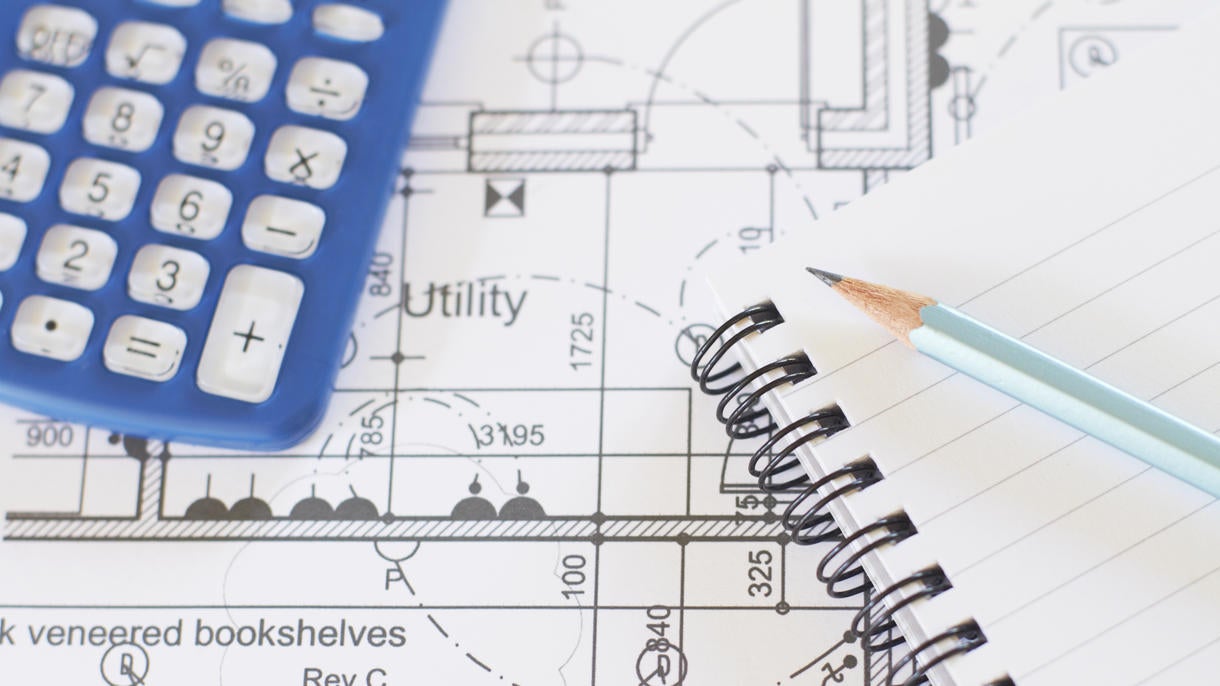In this challenging economic climate, the likelihood that businesses face financial hardships is high, to say the least. You’ve already put in deposits with several vendors that are now shuttered due to shelter-in-place orders—what happens next? Or you’d like to place an order to keep your projects moving—but what if your vendor is one of the ones that doesn’t make it?

It’s a subject that’s been top of mind as design firms determine where they feel safe placing orders and where they’d rather wait and see. Enter Cathy Hershcopf, an esteemed bankruptcy lawyer and partner at Cooley who specializes in business restructuring and reorganization. In today’s BOH Community Discussion—the first of a new biweekly series hosted by BOH editor in chief Kaitlin Petersen—Hershcopf broke down what bankruptcy really looks like; why a designer’s best asset in times of trouble is their own talent; and the (objective) conversations designers should be having with their vendors—and themselves.
Watch the recorded conversation here or check of some of Hershcopf’s top takeaways about how to assess the health of your vendors—and your own business, too.
Bankruptcy isn't what you think it is
“The biggest misconception with bankruptcy is that most people think it means a company is going out of business,” explains Hershcopf. In fact, many companies emerge from bankruptcy (albeit with new ownership)—and they still want to do business with you. “The reason companies go into bankruptcy is because they borrow too much money from too many people who don’t care about their businesses,” she says, but it’s not necessarily the end of the road for a brand. “Chapter 7 means liquidation. A Chapter 11 filing was set up to give businesses breathing room: It means reorganization, restructuring.”
Keep talking
There’s no surefire way to know what the industry will look like when the economy eventually rebounds—“[even] Goldman Sachs doesn’t know what’s going on in the world—no one has a crystal ball,” says Hershcopf—but she encourages designers to take things day by day. One of a designer’s strongest assets is their personality, so she suggests “staying sticky with your clients.” Now more than ever, it’s important to maintain strong relationships with the people who will be there on the other side of this. It’s also crucial to keep a dialogue going with your vendors and workrooms—designers are what make businesses valuable through continued transactions.
Don't be afraid to hit restart
If you’ve placed a custom order with a workroom and are worried about the health of their business, it’s OK to ask for your deposit back—but don’t expect them to give it to you if the work has already started. If said manufacturer experiences significant problems, declares bankruptcy or goes under in the middle of a project that’s paid for, there may not be much you can do. For orders that haven’t started yet, Hershcopf says right now might be a good time to evaluate your options.
Speak up
None can say it better than Hockey Hall of Famer Wayne Gretzky: “You miss 100 percent of the shots you don’t take.” Try asking your vendors for a performance bond, for instance, especially for a big order—their willingness to comply may surprise you, says Hershcopf. That said, an already-distressed supplier is far less likely to do this; your order may also simply not be big enough for the vendor to issue the bond. Whether or not you get the performance bond, Hershcopf says that the ask alone will start an important dialogue with your supplier that can give you a better sense of the company’s financial health.
Take a breath, look ahead
Should there be some tight circumstances, Hershcopf says small businesses need to be ready to take some drastic (and uncomfortable) steps to protect their business. Ask yourself, “If my 2020 revenue is 20, 30, 40, even 50 percent off of what I initially projected, how can I adjust my expenses?” It’s time to take an objective look at your business and adjust for those kinds of losses now, not later. In Hershcopf’s words: “You can always go back and spend, but once the money’s gone, it’s gone.” If you’re watching payments due pile up with no cash coming in, she suggests starting with your landlord. “No one paid rent in April. No one paid it! Even people who could pay rent didn’t pay their rent in April.” Ask if “rent abatement” could really function more as rent forgiveness.
____________
Business of Home’s new biweekly Community Discussion is a series of interactive Q&A events on Zoom for BOH Insiders. Hosted by editor in chief Kaitlin Petersen, the conversations explore how COVID-19 is impacting interior design and the home industry—and how designers and brands should respond. BOH Insiders can tune in every Monday and Friday at 1:00 p.m. EST or watch the recorded sessions here. (Not a BOH Insider? Learn more about our membership community here.)




























